After capturing images that exceeded astronomers' expectations, James Webb recently revealed unprecedented features in the atmosphere of this gas giant planet.
Researchers used the James Webb Space Telescope's Near Infrared Camera, or NIRCam, to capture a series of images of Jupiter every 10 hours, using four different filters to detect changes in the planet's atmosphere.
Astronomers have discovered high-speed jets in Jupiter’s stratosphere – the layer of the atmosphere that lies about 40km above the clouds. The jets cross the planet’s equator, stretching more than 4,800km across and traveling at 515km/h, twice the wind speed of a Category 5 hurricane on Earth.
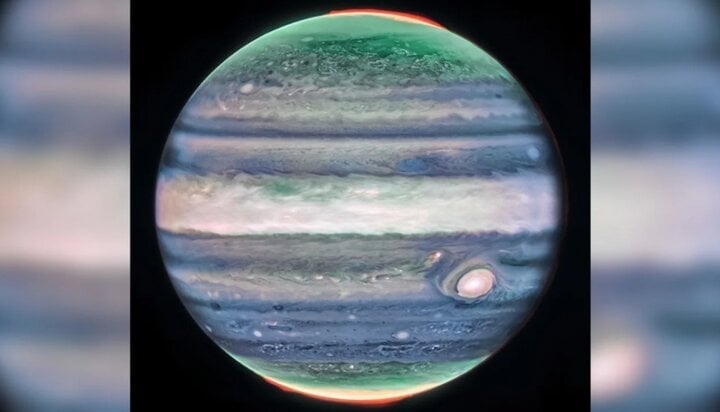
(Illustration: NASA)
These findings shed light on the violent interactions in Jupiter's stormy atmosphere.
“This was something that really surprised us,” said Ricardo Hueso, lead author of the study published on October 19 in Nature Astronomy. Hueso is a physics professor at Basque University in Spain.
Jupiter is the largest planet in the Solar System and is made of gas, so it is very different from Earth. However, like our planet, Jupiter has layers of atmosphere. These layers contain many different types of weather, including centuries-long storms like the Great Red Spot and clouds made of frozen ammonia.
While there have been missions to penetrate deep into Jupiter's clouds using different wavelengths of light, James Webb is uniquely positioned to study the atmospheric layers at high altitudes (25-50km) and reveal unprecedented details.
"Despite ground-based telescopes and spacecraft like NASA's Juno and Cassini and the Hubble Space Telescope, the James Webb Space Telescope has provided new insights into Jupiter's rings, moons and atmosphere," said study co-author Imke de Pater, professor emeritus of astronomy, Earth and planetary sciences at the University of California, Berkeley.
Researchers compared winds detected at high altitudes by James Webb with winds in the lower atmosphere collected by Hubble and tracked changes in wind speed.
Both telescopes were needed to discover the jet because James Webb discovered the small cloud feature while Hubble provided information about the equatorial atmosphere, including storms unrelated to the jet.
These two telescopes have provided new information about Jupiter's complex atmosphere and the processes taking place in the planet's atmospheric layers.
Future observations of Jupiter using the James Webb Telescope will likely reveal more information about the jets, such as how they change in speed and altitude over time, as well as other surprises.
Kieu Anh (VOV.VN)
Source



![[Photo] Cat Ba - Green island paradise](/_next/image?url=https%3A%2F%2Fvphoto.vietnam.vn%2Fthumb%2F1200x675%2Fvietnam%2Fresource%2FIMAGE%2F2025%2F12%2F04%2F1764821844074_ndo_br_1-dcbthienduongxanh638-jpg.webp&w=3840&q=75)
![[Photo] 60th Anniversary of the Founding of the Vietnam Association of Photographic Artists](/_next/image?url=https%3A%2F%2Fvphoto.vietnam.vn%2Fthumb%2F1200x675%2Fvietnam%2Fresource%2FIMAGE%2F2025%2F12%2F05%2F1764935864512_a1-bnd-0841-9740-jpg.webp&w=3840&q=75)



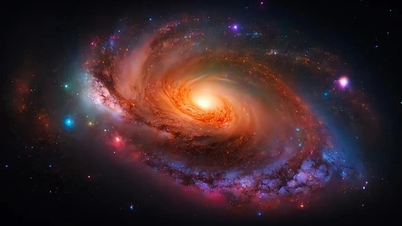

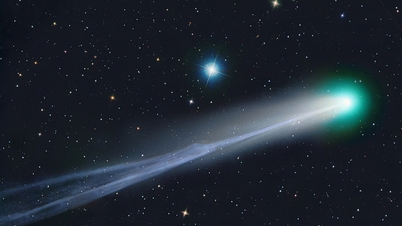

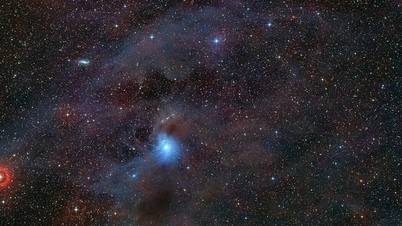
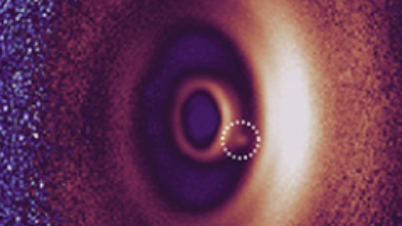



















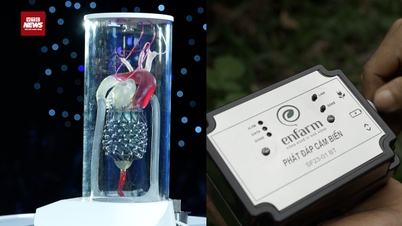


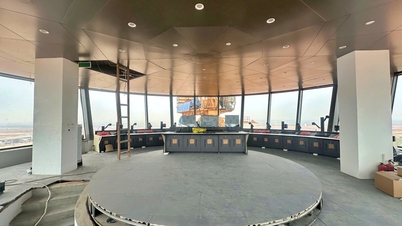






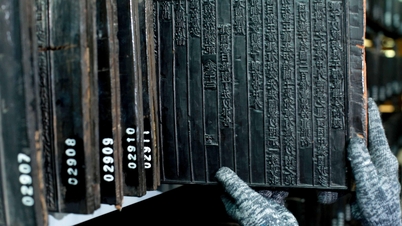



































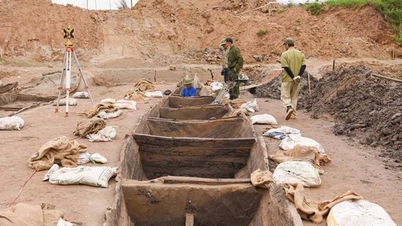




























Comment (0)